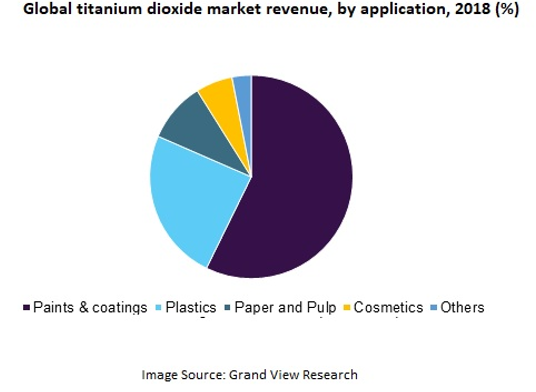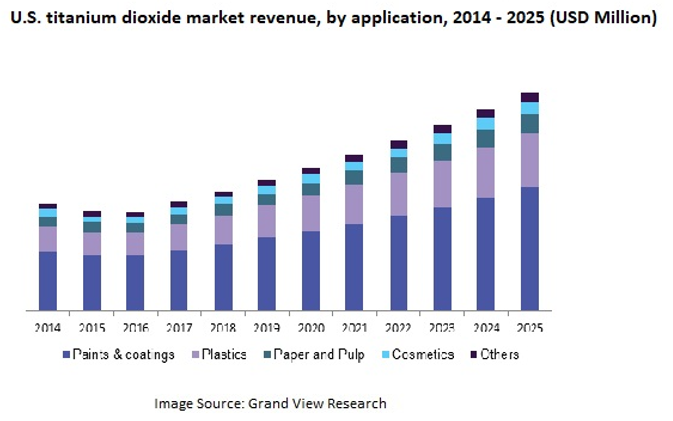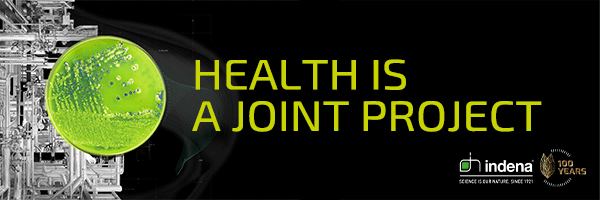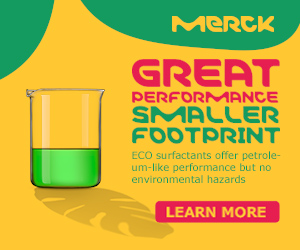Cosmetics & Personal Care
Growing demand for titanium dioxide 1st August 2019
By Karen Noronha, Research Analyst at Grand View Research
The global titanium dioxide market is anticipated to witness significant growth in the coming years owing to rising demand for lig
The global titanium dioxide market is anticipated to witness significant growth in the coming years owing to rising demand for lightweight vehicles and cosmetics, as well as photovoltaic systems, says Karen Noronha, Research Analyst at Grand View Research.
Titanium dioxide, also known as titania, is a white solid inorganic substance that is non-flammable, thermally stable, and non-hazardous. It occurs naturally in various types of rock and mineral sands. TiO2 pigment offers superior light scattering properties, and hence can be used in a wide range of applications that require brightness and high opacity. In addition, the substance can absorb ultra violet light. When the pigment is incorporated in a polymer, it reduces the degradation in terms of cracking, fading, and embrittlement.

Increasing use of TiO2-based automotive paints and coatings owing to rising demand for lightweight vehicles among consumers is expected augment market growth over the next few years.1 Materials, such as polycarbonates, are used in the manufacturing of lightweight automotive on account of their low scratch resistance value. Rising construction across the globe especially in developing countries including India and China will impel TiO2 demand owing to its extensive use in paints, coatings and construction materials.
TiO2-based paints can resist discoloration under UV radiation and intense heat. The product is also increasingly utilized as a whitening agent and UV filter in various cosmetics. In addition, use of TiO2 nanoparticles in photovoltaic systems, including polymer-inorganic hybrid solar cells, quantum dot sensitized solar cells, dye-sensitized solar cells, and inorganic solid-state solar cells, is expected to fuel industry growth over the forecast period.
Volatile raw material prices and stringent government regulations will hamper market growth. However, rising adoption of strategies, such as new product launch, mergers and acquisitions, and joint ventures, by the market players can create lucrative opportunities for the market in the coming years.
The market can be segmented on the basis of manufacturing process, ore and application. Based on manufacturing process, the market can be divided into sulfate route and the chloride route. In terms of ore, the market can be bifurcated into rutile and anatase. On the basis of application, the market can be classified into pulp and paper, plastics, paints and coatings, and cosmetics.

The market in the Asia Pacific is anticipated to expand continuously over the next few years owing to increasing construction activities in developing countries, such as India and China. Growth of the construction sector is likely to propel demand for paints and coatings, which, in turn, will augment industry expansion. In addition, rising adoption of lightweight vehicles owing to their durability and fuel efficiency is expected to boost demand for automotive coatings. Moreover, rapid industrialization and economic developments can drive the market over the next few years.
Europe is expected to hold a prominent share in the overall market owing to rising product demand from the cosmetic and paints and coatings sectors. Countries such as Italy, Germany, UK and France are key producers of automobiles. This is likely to stimulate demand for TiO2 in the paints and coatings industry. Launches of new and effective products and increasing R&D activities by manufacturing companies are expected to positively impact regional market growth over the projected period.
North America is likely to bode well owing to increasing use of TiO2 as pigments to manufacture advanced paints and coatings. Rising demand for lightweight automobiles and anti-corrosive architectural coatings in the US can augment regional market growth in the coming years.
The advent of new TiO2-based products by local manufacturers can gain traction among consumers. For instance, Volition Beauty launched a new sunscreen named Prismatic Luminizing Shield SPF 50, which is suitable for all skin types. In addition, it is hypoallergenic, and gluten and cruelty free. Zinc oxide, octinoxate and TiO2 are key ingredients used in the manufacturing of the product. It also has sodium hyaluronate and prism powder that offer a luminous sheen to the skin.
Some of the key companies operating in the titanium dioxide market are E. I. du Pont de Nemours and Company, Tronox, Cristal, The Chemours Company and Huntsman Corporation, AkzoNobel and BASF.
Reference:
1. Grand View Research. Titanium Dioxide (TiO2) Market Size, Share & Trends Analysis Report, March 2019.
Author:
Karen Noronha, Research Analyst – Chemicals, Materials, Food and Energy, at Grand View Research.
www.grandviewresearch.com



